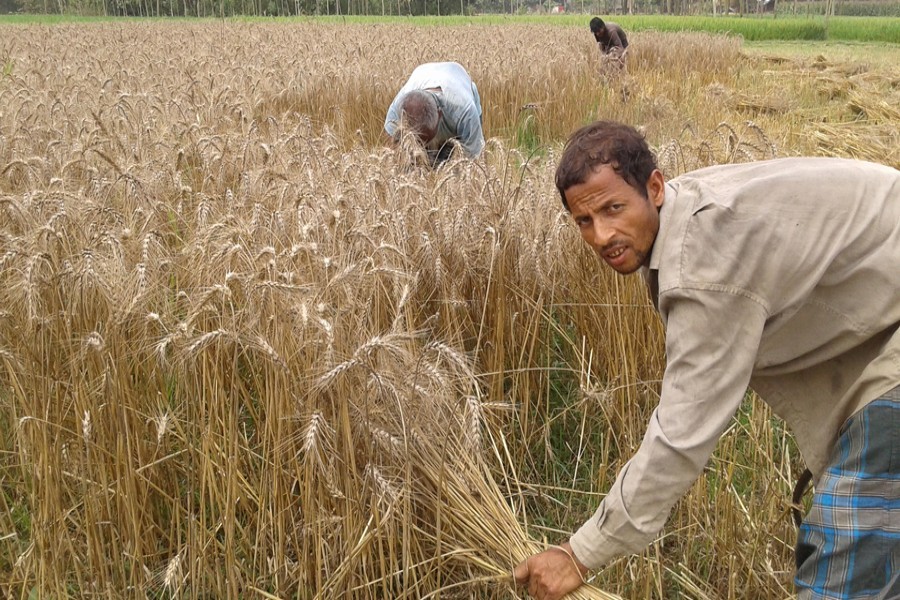The FE news published on Thursday last under the headline, 'Rice, maize eat up veggie cropland' comes as a surprise. This pre-winter season every year witnesses the start of arrival of local vegetables in the kitchen market. The kitchen markets in Dhaka and other cities this year do not see an abundant supply of vegetables and hence the usual price drop around this time has not followed. According to the FE report, this change in vegetable availability pattern this year has been caused by farmers' more willingness to grow cereals like rice, wheat and maize than vegetables because the food grains are likely to fetch more profits with abnormal rise in their prices.
Traditionally, in a country where food primarily means cereals, an overwhelming emphasis was on cultivation paddy. Farmers opted for other crops including quite a few exotic ones, fruits and flowers when paddy either left no profit margin or even caused losses for them. Official statistics have already identified global supply-chain strain and declining vegetable production in the current Robi season. Other deterrents experts have identified are crises in fertilisers and irrigation outlets during August-October period as well as a concern for food security, which prompted many farmers to opt for grain and corn cultivation. According to the survey undertaken by this daily quoting a DAE monitoring unit, farmers have grown vegetables and leafy vegetables (shaak) on 0.367 million hectares in the country, against 0.428 million hectares in the corresponding period last year.
A total area of 0.61 million hectares was earmarked for production of vegetables for FY '23, of which 59 per cent have been achieved. The achievement was 70 per cent in the corresponding period of FY '22. Coming to paddy, the acreage in the Aman season increased to 5.8 million this season from 5.6 million hectares last year. The most stunning part of this survey is that 0.46 million hectares were set aside for maize cultivation. Of it 0.147 million hectares' yield has been achieved till November '22. Area-wise, the figure was 0.10 million hectares in the same period last year. A couple of decades ago, farmers in general were reluctant to cultivate maize. Moreover, the soil, except in a few pockets in the country's northern belt, initially proved unsuitable for maize and wheat cultivation. But courtesy of the concerned department's vigorous campaign, maize and wheat have now made lands in many parts of the country their adopted home.
The current volatility in cereal and vegetable markets is susceptible to a lot of vulnerabilities like the behaviour of the strained global supply chain, the growers' mood swings thanks to the ups and downs of the market force etc. The vegetables' prices seem to be the most unpredictable if considered in the whole country's perspective. At the growers' level, prices of vegetables---because those are mostly perishable --- are still low but exchange of hands on the supply route renders those atrociously pricey. Farmers should be at their liberty to cultivate cereals or vegetables. That they have opted for cereal cultivation shows they are aware of the looming global food crisis and therefore want to ensure their own and, by extension, the country's food security.


